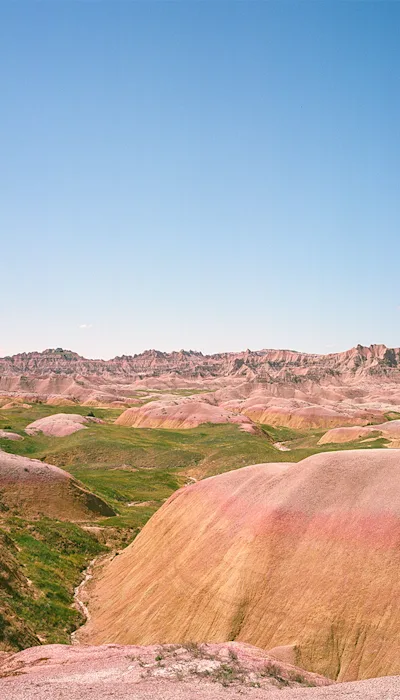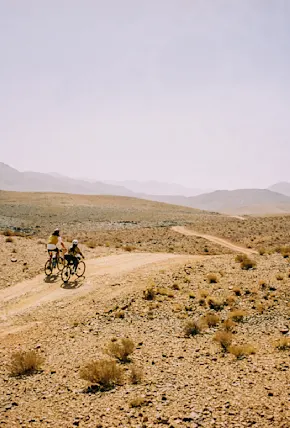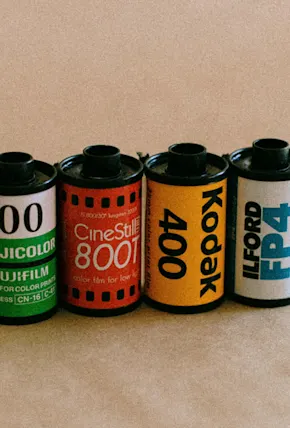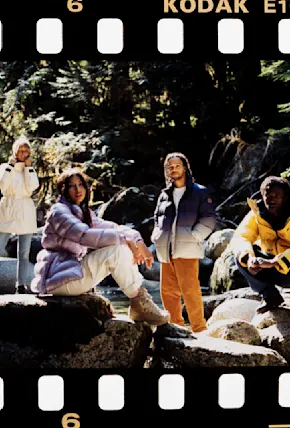Truth be told, I’d never really thought about South Dakota. Then I went. And now I can’t stop thinking about it.
Over three days we hiked alpine trails lined by granite peaks and ponderosa pine, soaked in natural hot springs, climbed towers of colorful Mars-like sandstone, marveled at one of the longest cave systems in the world, and simply stood still in awe of landscapes so unique you have to see to believe. South Dakota should be in the mix when discussing America’s best outdoor recreation destinations.
Wedged between Montana, Wyoming, Nebraska, and Minnesota, the hulking rectangular state of South Dakota sits in the dead center of America and identifies both as an extension of the Mountain West and firmly Midwestern, depending on who you ask and where you are. From my perspective, the distinction is irrelevant—the unique terrain within Badlands National Park, Wind Cave National Park, and Black Hills gives way to entire worlds unto their own.
What follows is a true to form breakdown of our own 72-hour visit to South Dakota, shared with 25 film photos made between “Wow!”s and “What?!”s—consider it an illustration of what can be seen, done, and thoroughly enjoyed in just a long weekend. Read on, enjoy. Then forward this link to your favorite travel buddy and start planning your own adventure to America's most central destination for unexpected vistas and open roads.




























